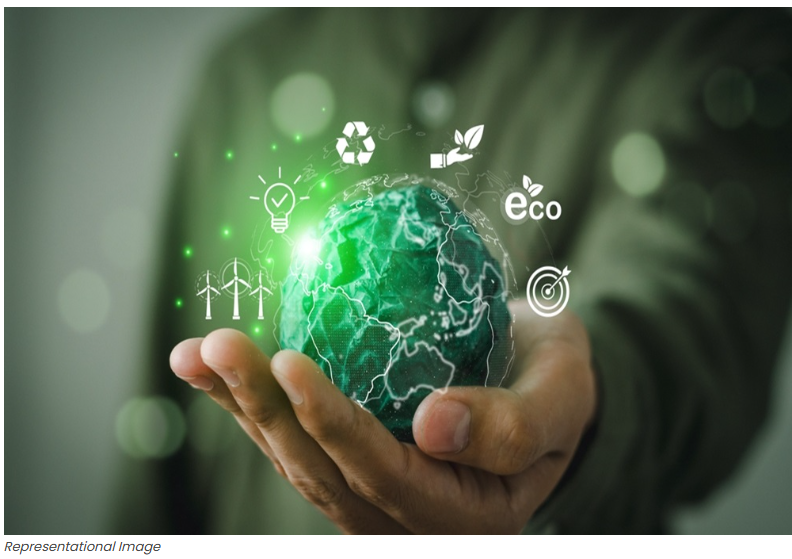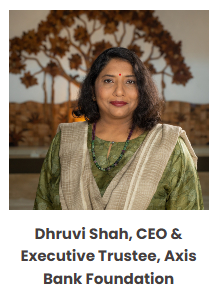
Nature does not discriminate. Across the planet, people are facing its wrath. It’s nothing short of a dystopian story – flooding, droughts, illness, unpredictability, economic impacts. At the very least, leaving us feeling overwhelmed. Globally, world leaders, countries and institutions are defining policies and shaping investments for sustainable development.
It is perhaps time to keenly remember the 1987 Report of the World Commission on Environment and Development (WCED): Our Common Future. Remember Gro Harlem Brundtland. Remember how she first defined sustainable development.
It isn’t until one finishes reading the report that one realises how simply it is defined: Sustainable development is development that meets the needs of the present without compromising the ability of future generations to meet their own needs.
The international community has, since then, taken the challenge to continue redefining sustainable development in context of present times. From Millenium Development goals to what the world now knows as Sustainable Development Goals (SDGs). Human beings – environment – business – and action. Collectively impacted. Interlinked. And interconnected.

This process also gave rise to the concept of the triple bottom line (TBL) – where businesses started being measured not merely by the profits they made, but by how socially and environmentally responsible they were. John Elkington defined the TBL in 1994 through the interconnectedness of Profits, People and Planet in the context of sustainable businesses.
Though, it was back in 1914 when well-known banker Fredrick Goff founded the first ever community foundation. However, it wasn’t until 1953 that the American economist, Howard Bowen published his book that advocated business ethics and responsiveness to social stakeholders.
As a reader, you must wonder what all this has to do with you perspiring in the months closer to winter or being drenched in rain when you’d rather wear a winter overcoat. What is the point, really?
It is in fact about the importance of how the narratives of sustainability, of sustainable development are built. It is about how they impact the most vulnerable of our country. It is about going from us and them to WE.
Today, everyone has the capacity to be a torchbearer for a better, more resilient tomorrow. For a world that is more balanced, more equitable in the way it can respond to adversities. Through public systems, through civil society organisations through corporate foundations, through citizenship — we all carry the burden of ensuring that concepts, theories and ideologies of sustainable development remain unadulterated.
De-jargonising our narratives and an earnest awareness of our efforts can help us understand more accurately where we are headed. While the SDGs encompass the full spectrum of development, sustainability is not a single finishing line. With various contextual moving parts, it is a sector where the whole is greater than the sum of its parts. A critical understanding of this layered nuance can be beneficial in creating accurate narratives of sustainability.
When making decisions, whether they involve investments, initiating programmes, policymaking, adopting practices and interventions, deciding on consumption, etc. we could ask ourselves: How does it contribute to the larger narrative of sustainable development? What are some quantifiable long-term outcomes? What are the trade-offs between present and future? Who benefits and who doesn’t? Is it cost effective? Does it hold value? Is it creating equity, enabling inclusion? How can I prove long term value to the end user? What are perceptions I want to create around the work I am proposing? How does it make us more resilient? Does it provide alternative opportunities to vulnerable communities?
By taking a comprehensive view, we can identify opportunities to minimize negative consequences and maximize positive outcomes. This involves understanding the intricate interplay between different systems and recognizing the interconnectedness of global challenges. Ultimately, global-level policy changes and decisions have the power to drive true sustainable development. What actors like you and I can do is create opportunities to build the resilience of communities; thereby increasing their capacity to withstand climatic adversities.
Article Credit: etedge-insights